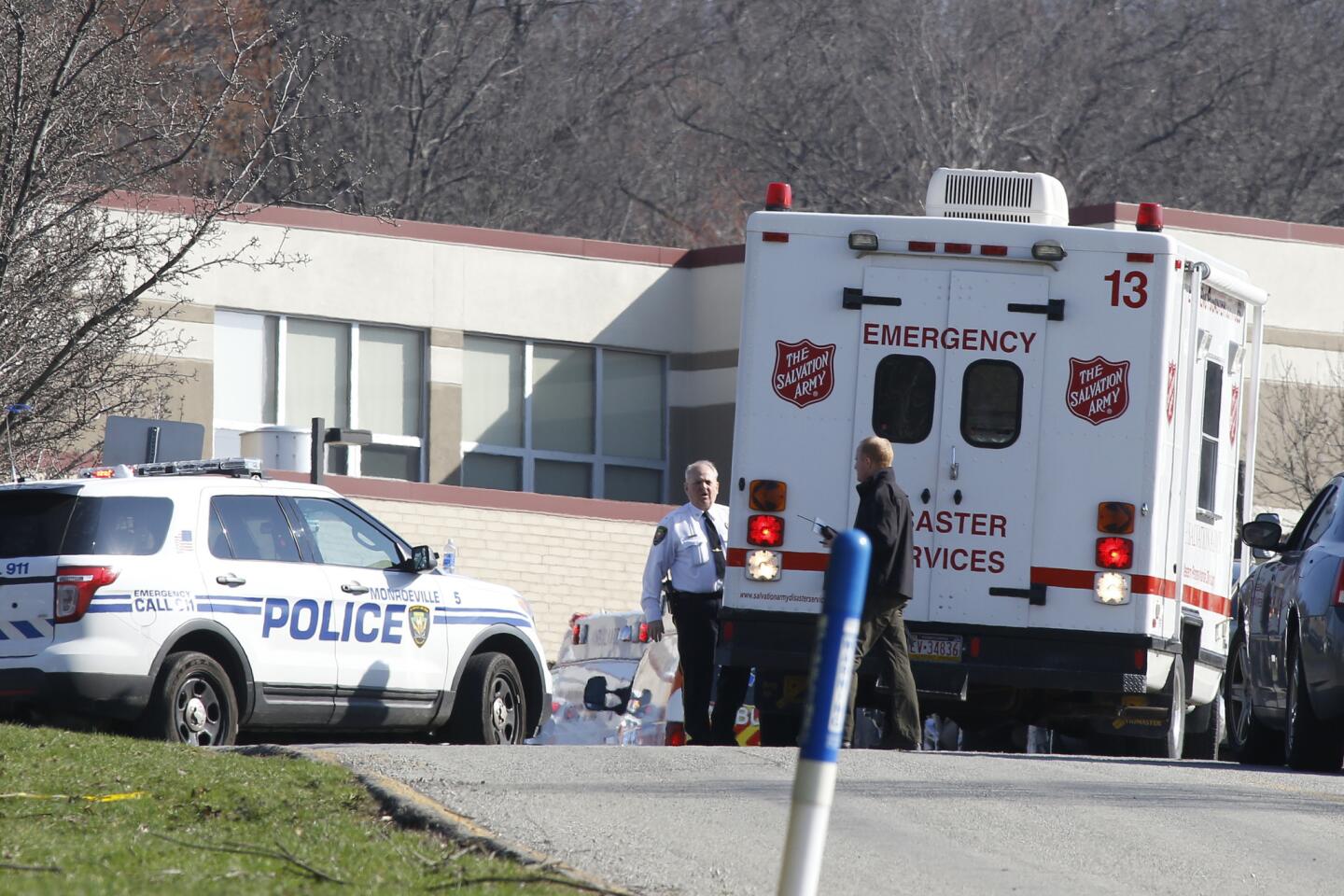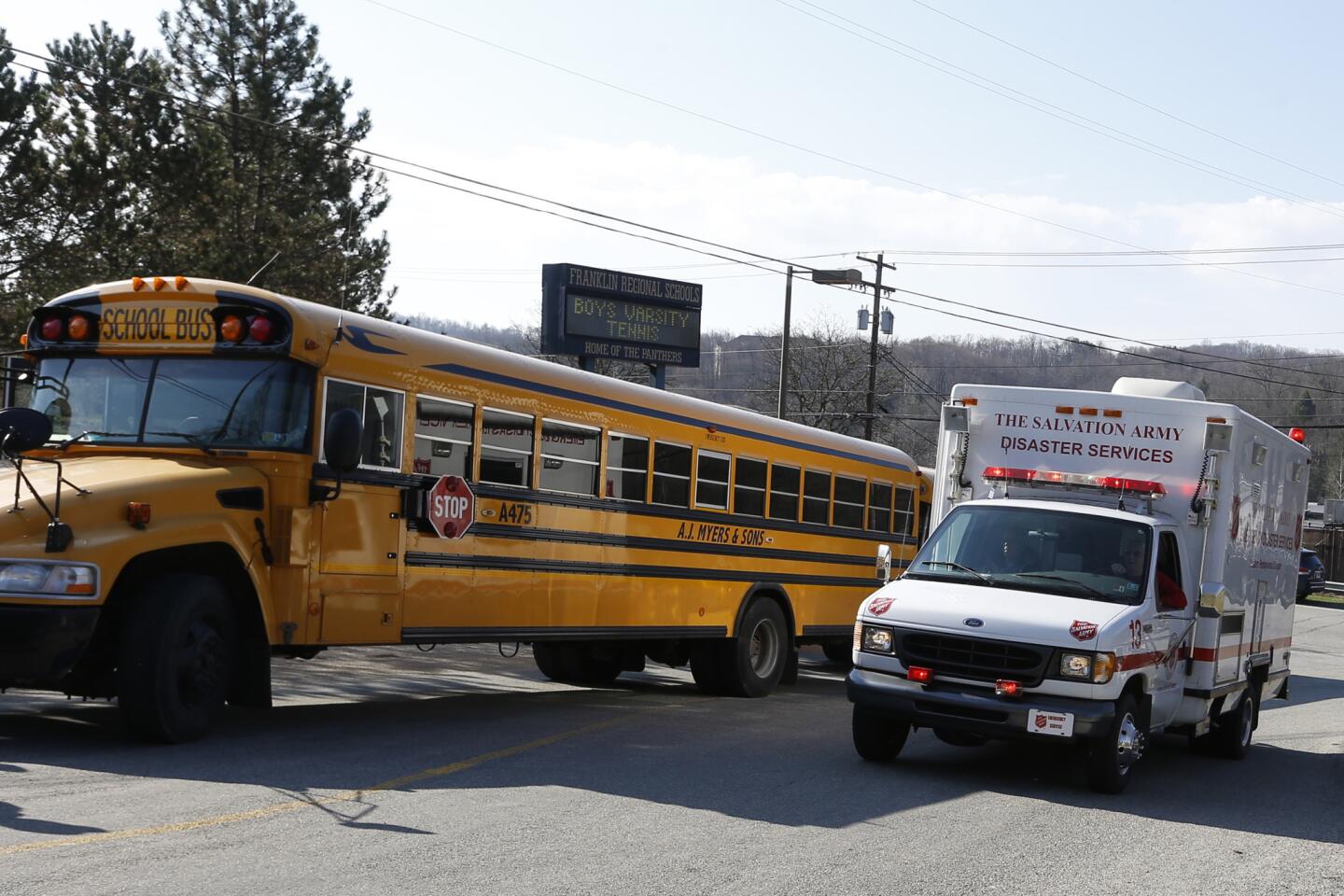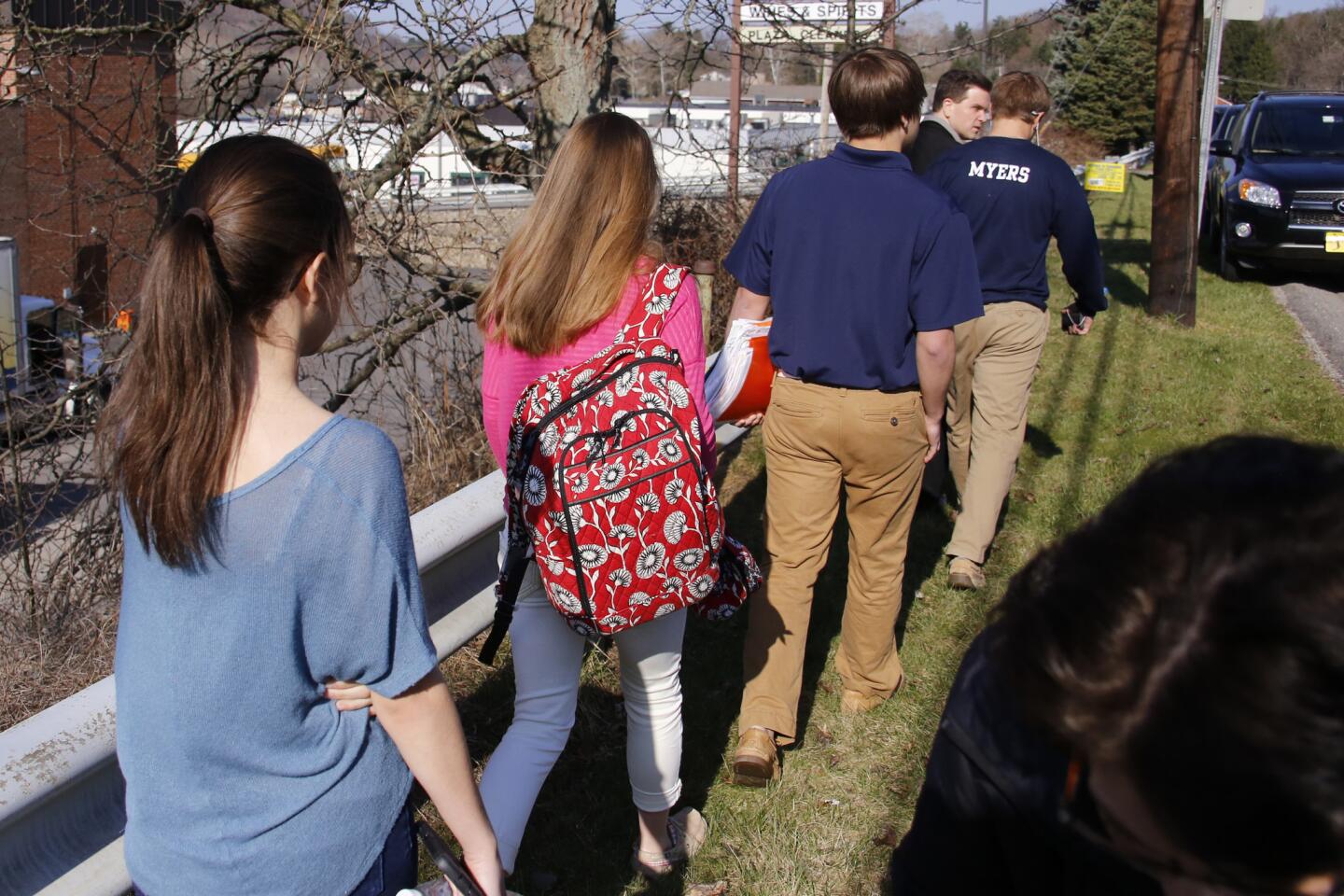Editorial: High school stabbing suspect: He’s not an adult
Alex Hribal, the 16-year-old suspect in a stabbing spree at a Pennsylvania high school, has been charged as an adult by local prosecutors. That’s not unusual. According to the National Juvenile Justice Network, an estimated 200,000 minors are tried, sentenced or incarcerated as adults in the United States every year.
Those numbers reflect a trend dating back to the 1990s, when states started making it easier to divert adolescents accused of some crimes from the juvenile justice system — where the overriding objective is rehabilitation — to the adult criminal justice system, which emphasizes retribution and deterrence.
California wasn’t immune to that trend. In 2000, the state’s voters approved Proposition 21, an initiative that, among other provisions, requires an adult trial for juveniles 14 or older charged with murder or certain sex offenses. (This page opposed the measure.) In 2011, the most recent year for which statistics are available, more than 900 juveniles were charged in adult court.
A popular justification for this diversion is that an adolescent who commits a serious crime is engaging in “adult” behavior. But a moment’s reflection exposes the fallacy in that assumption. There’s nothing mature about committing an act of violence. On the contrary, when the perpetrator is a minor, it’s far more likely that a lack of impulse control characteristic of adolescents is a significant factor.
The Supreme Court repeatedly has acknowledged what parents, psychologists and physicians also know: that adolescents as a group are both more impulsive and less culpable for their actions than adults, and that their character traits are not as well formed. The court in 2005 ruled that murderers who were 17 or younger when they committed their crimes couldn’t be sentenced to death. In 2012, it struck down laws that provided for mandatory life imprisonment without parole for murderers younger than 18. Justice Elena Kagan wrote: The “distinctive attributes of youth diminish the penological justifications for imposing the harshest sentences on juvenile offenders, even when they commit terrible crimes.” The same logic undermines the case for trying juveniles as adults.
It is sometimes argued that trying juveniles in adult court is the only way to protect the public from offenders who will continue to pose a danger after they’re released from the supervision of the juvenile justice system. In California, the Division of Juvenile Justice may not confine offenders past the age of 25 or 23, depending on when they entered the system. But the law allows for longer confinement when a detainee poses a danger to public safety. Strengthening such safeguards would be preferable to continuing to prosecute — and punish adolescents as adults. The place for juvenile offenders is the juvenile justice system.
More to Read
A cure for the common opinion
Get thought-provoking perspectives with our weekly newsletter.
You may occasionally receive promotional content from the Los Angeles Times.
















